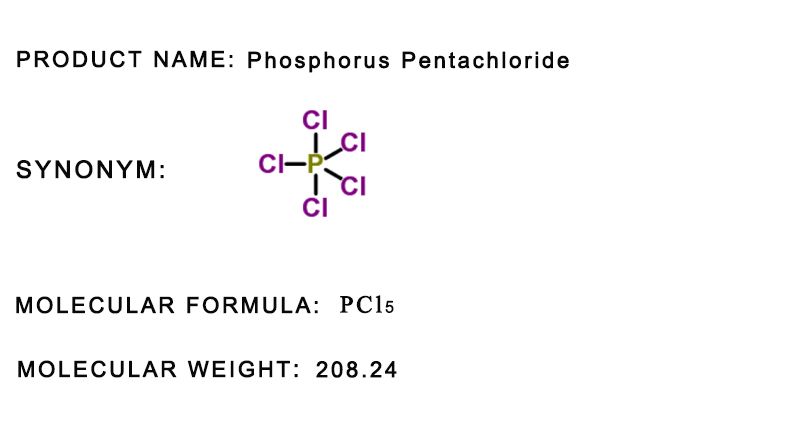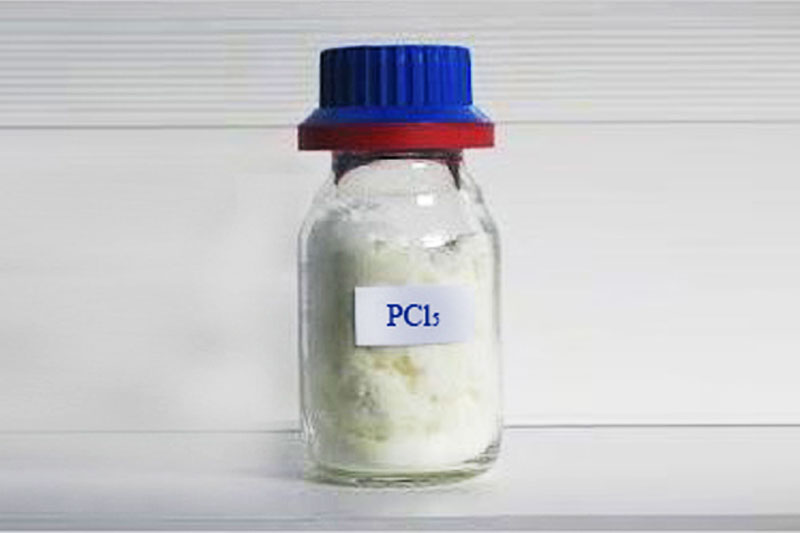Phosphorus Pentachloride
- Category:Inorganic phosphorus chemicals
-
Product Usage:Used as a chlorinating agent and catalyst in organic synthesis, it is a raw material for the production of pharmaceuticals, dyes, and chemical fibers. It is also a raw material for the production of phosphoryl chloride and phosphoryl chloride, and a catalyst for the production of acetyl cellulose. The hydroxyl group in the compound is replaced by chlorine, especially the acid is converted into acyl chloride, and the methylene group is determined.
product details :

Testing Items | Specifications |
Appearance | Light Yellow Crystal or Powder |
Content(%) | ≥99.5 |
Phosphorus Trichloride(%) | ≤0.20 |
Burning Residue(%) | ≤0.05 |
Iron(ppm) | ≤5 |
Calcium(ppm) | ≤10 |
Potassium(ppm) | ≤10 |
Sodium(ppm) | ≤10 |
Nickel(ppm) | ≤10 |
Lead(ppm) | ≤1 |
Zinc (ppm) | ≤10 |
Chromium(ppm) | ≤1 |
Magnesium(ppm) | ≤10 |
Copper(ppm) | ≤10 |
Arsenic(ppm) | ≤5 |
Cadmium(ppm) | ≤2 |
Barium(ppm) | ≤2 |
Store in a dry, clean, and well ventilated warehouse. Avoid exposure to light and heat sources. Protect the product from leakage, rain, and sun exposure during transportation.

